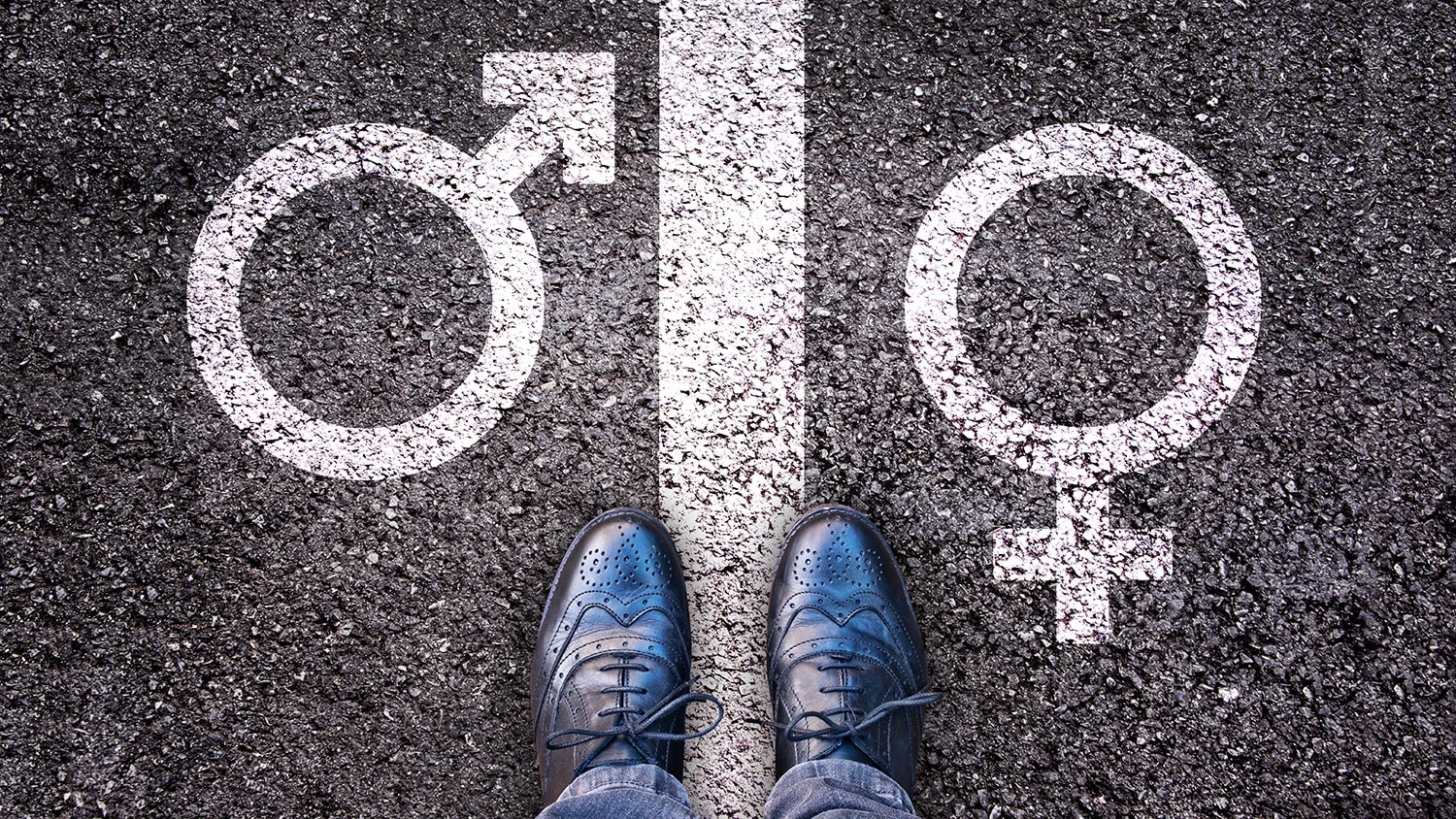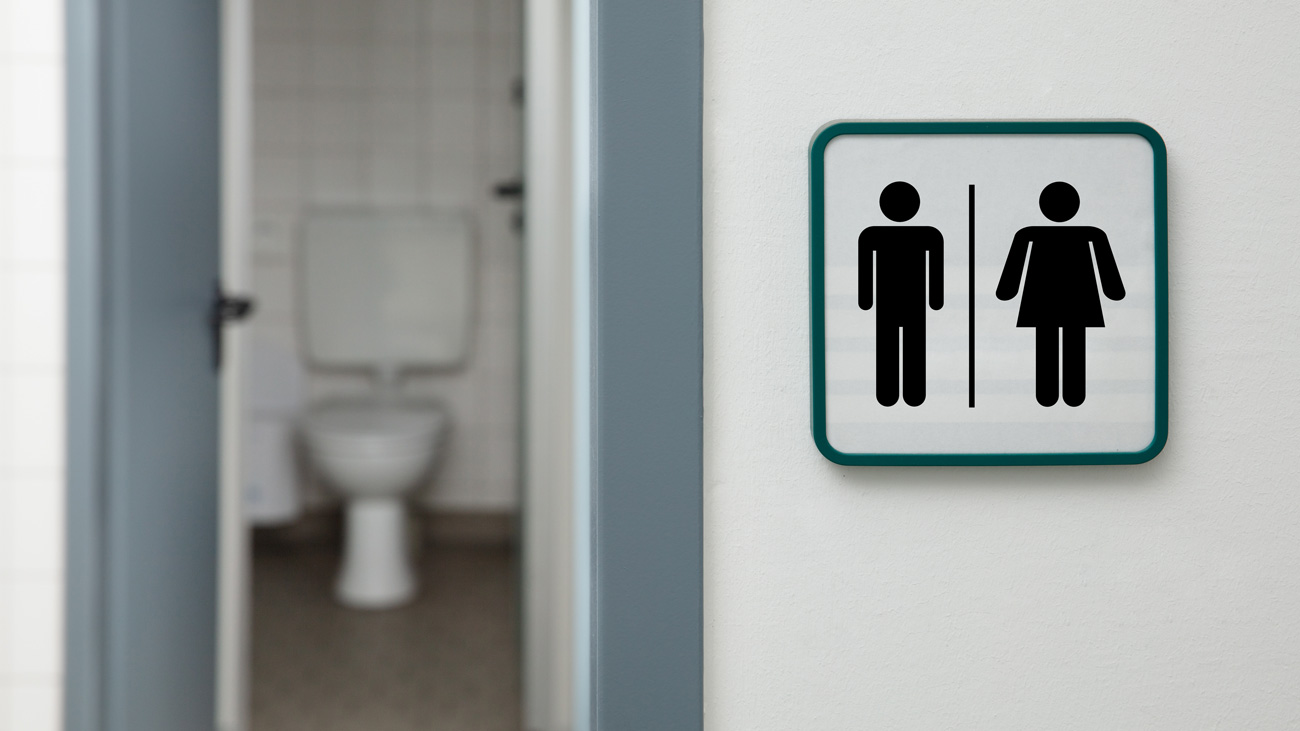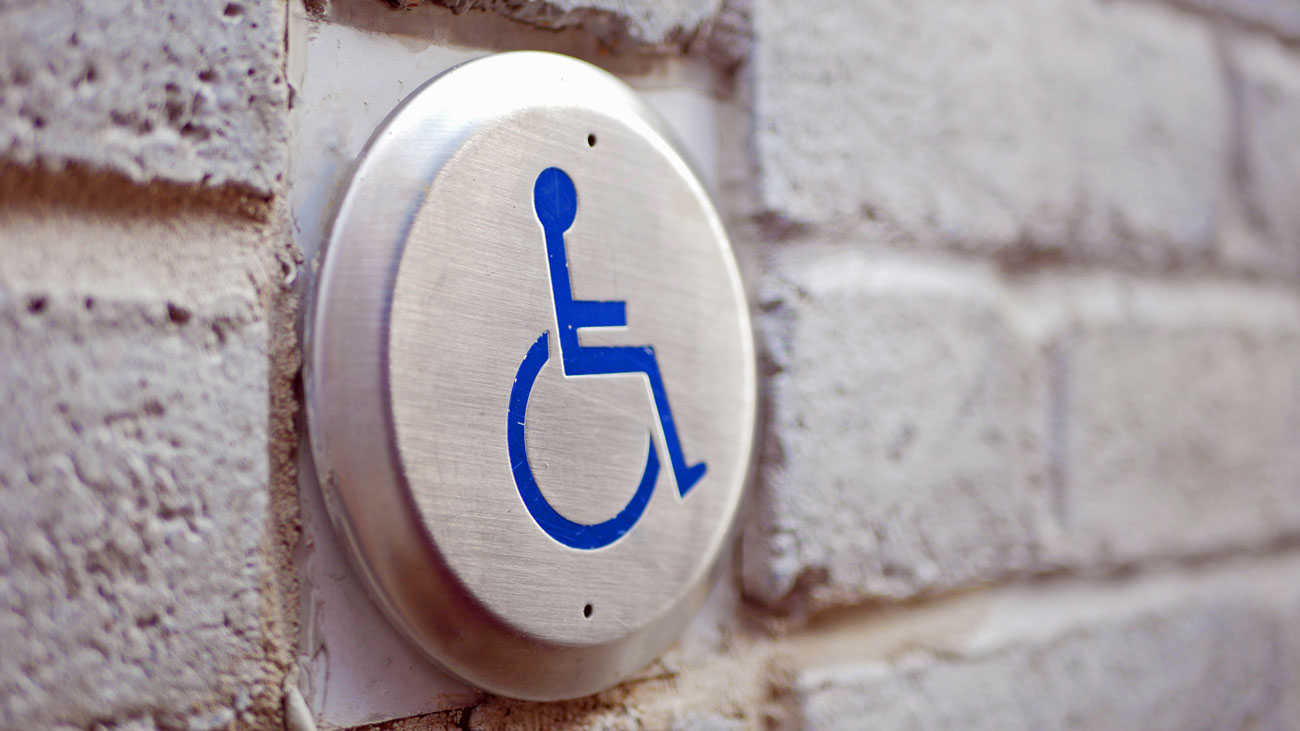
Gender recognition laws in need of reform, say MPs
The Government has failed to adequately respond to its own consultation on reforming the Gender Recognition Act (GRA) 2004, leaving a gender recognition process that is unfair and overly medicalised, the Women and Equalities Committee has claimed.
In its new report, Reform of the Gender Recognition Act, the cross-party committee describes the Government's response to the 2018 consultation as 'minimal', and calls for urgent reforms to be made to the Act.
Drawing on evidence from both trans rights and women's rights groups, the report considers the Government's proposed amendments to the 17-year-old Act and makes a number of recommendations for meaningfully reforming the legislation.
The report also considers the interplay between the GRA and the 2010 Equality Act, calling for consistency across the two and for greater clarity to be provided on exceptions, enabling employers, service providers and sports bodies to operate with confidence within the law.
Relationship to the Equality Act
The Equality Act 2010 (EA) provides people with one or more protected characteristics legal protection from discrimination in the workplace and wider society, subject to certain exceptions. Section 7 of the Act gives protection to anyone with the protected characteristic of ‘gender reassignment’, defined as anyone who “is proposing to undergo, is undergoing or has undergone a process (or part of a process) for the purpose of reassigning the person’s sex by changing physiological or other attributes of sex”.
You do not have to be under medical supervision to be protected under the Act. A person who has decided to live their life in the opposite gender without seeing a doctor is also protected.
The Equality Act contains a number of limited circumstances, also known as exceptions, where discrimination against someone with a protected characteristic is permitted; this includes exceptions for gender reassignment. These exceptions include sport, single-sex and separate-sex services, genuine occupational requirements, marriage and insurance.
Genuine occupational requirement
Schedule 9 of the Equality Act allows employers to restrict certain jobs to people who have a particular protected characteristic, provided it can be shown that, having regard to the nature and context of the work, this requirement is a “proportionate means of achieving a legitimate aim”. The Explanatory Notes to the Equality Act 2010 give a number of examples of this; these include a counsellor working with victims of rape, who might be required to be a natal woman, whether or not she has a gender recognition certificate (GRC), to avoid causing them further distress. As the analysis of responses to the GRA consultation highlights, this exception “allows employers to impose a requirement that a job can only be open to people who are not transgender (that is, those who do not have the protected characteristic of gender reassignment)”.
The Committee reports that the Government took the view from the outset of its consultation that “this provision would not be undermined by amendments to the legal recognition process set out in the GRA”. The analysis document highlighted that this was because:
“It is understood to apply to all trans people (people who have the protected characteristic of gender reassignment), whether or not they have changed their gender legally, although the possession of a GRC may be a factor that employers consider when deciding whether or not to impose an occupational requirement.”
However, as part of the Government’s consultation into reform of the GRA, it asked respondents whether the operation of the occupational requirement exception in relation to gender reassignment would be affected by changes to the GRA, 68.4% of those who responded to the question said that it would.
The Committee reports that one of the main themes that emerged was on the disclosure of GRC holders in employment. Some respondents argued that “the occupational requirement exception relied on the disclosure of someone’s trans status, sometimes without that person’s consent, with some respondents agreeing with this, and others disagreeing”. A commonly held view, particularly among women’s groups, was that “it was legitimate in some employment circumstances to disclose data about people’s trans history, in order to protect both customers/service users and trans people themselves”.
Another key theme that emerged, says the Committee, was that current guidelines discriminate against trans people. It highlighted that some felt “these exceptions meant that trans people were never fully treated as their gender identity because of how they looked or acted”. It also highlighted that there were concerns over the wording “legitimate aim”, with some feeling that the wording “was too vague and allowed employers to be able to get away too easily with not hiring trans people”.
In written evidence to this inquiry, the Women and Equalities Committee was told that more “practical guidance for commissioners and funders on the single-sex exemptions and genuine occupational requirements” needs to be provided. This was reflected in the analysis of responses to the GRA consultation, which noted that a number of respondents felt that if employers had a better understanding of the law, “that would empower them to make more informed decisions, more accurately interpret the law, and act accordingly".
The Committee is recommending that the Government Equalities Office conduct a review into the use of the occupational requirement exception and how it is currently being applied. This review should consider the role of the GRA and how it interacts with the Equality Act and employment laws, and make recommendations to strengthen protections for trans and gender non-conforming people at work. Measures of progress and targets must be set to reduce and eliminate gender-based discrimination in the workplace.
The Committee’s full findings are available here.






